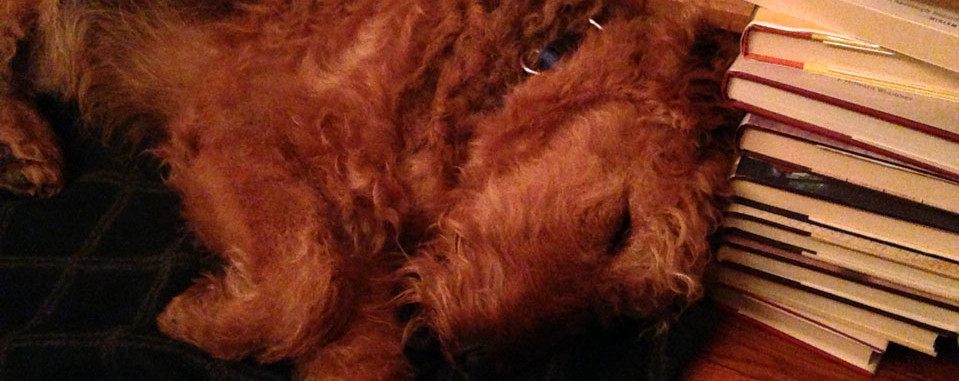I was blessed to receive a most beautiful book object this holiday season just past.



Reminiscent in exquisite form and haunting tone of Anne Carson’s Nox, Correspondences actually takes the gatefold book structure and the unfurling conceit even further. There are, in fact, at least two literary streams contained in this beautiful package. The first stream is a series of dour but entrancing portraits by Bernice Eisenstein of artists, philosophers, intellectuals and activists (including Paul Celan, Fernando Pessoa, Frank Kafka, Primo Levi and Anna Akhmatova) alive during and affected directly by the Second World War. The portraits are matched with excerpts from each portrait subject’s words or writings.
Before you turn the book over to discover the second literary stream, you’ll observe that the volume’s endpapers (in both “directions”) contain brief biographies of each of the portrait subjects. Those biographies reveal that many of the subjects crossed paths in varied and interesting ways.
The second literary stream is Anne Michael’s long poem that gives this beautiful bound compendium its title. In large part an elegy to her father, the poem also intertwines references to the intense and unusual correspondence between Paul Celan and Nelly Sachs, as well as individual poetic experiments and set pieces.
The excerpt engraved directly on the book cover on one side captures well what Correspondences encapsulates in its compelling interweaving of physical and textual forms:

“not two to make one,
but two to make
the third,
just as a conversation can become
the third side of the page”
See also:
-
Correspondences by Anne Michaels – review
by Kate Kellaway
The Guardian -
Book Review: Correspondences, by Anne Michaels and Bernice Eisenstein
by Angela Hickman
National Post

Pingback: What I read in 2013 | bookgaga